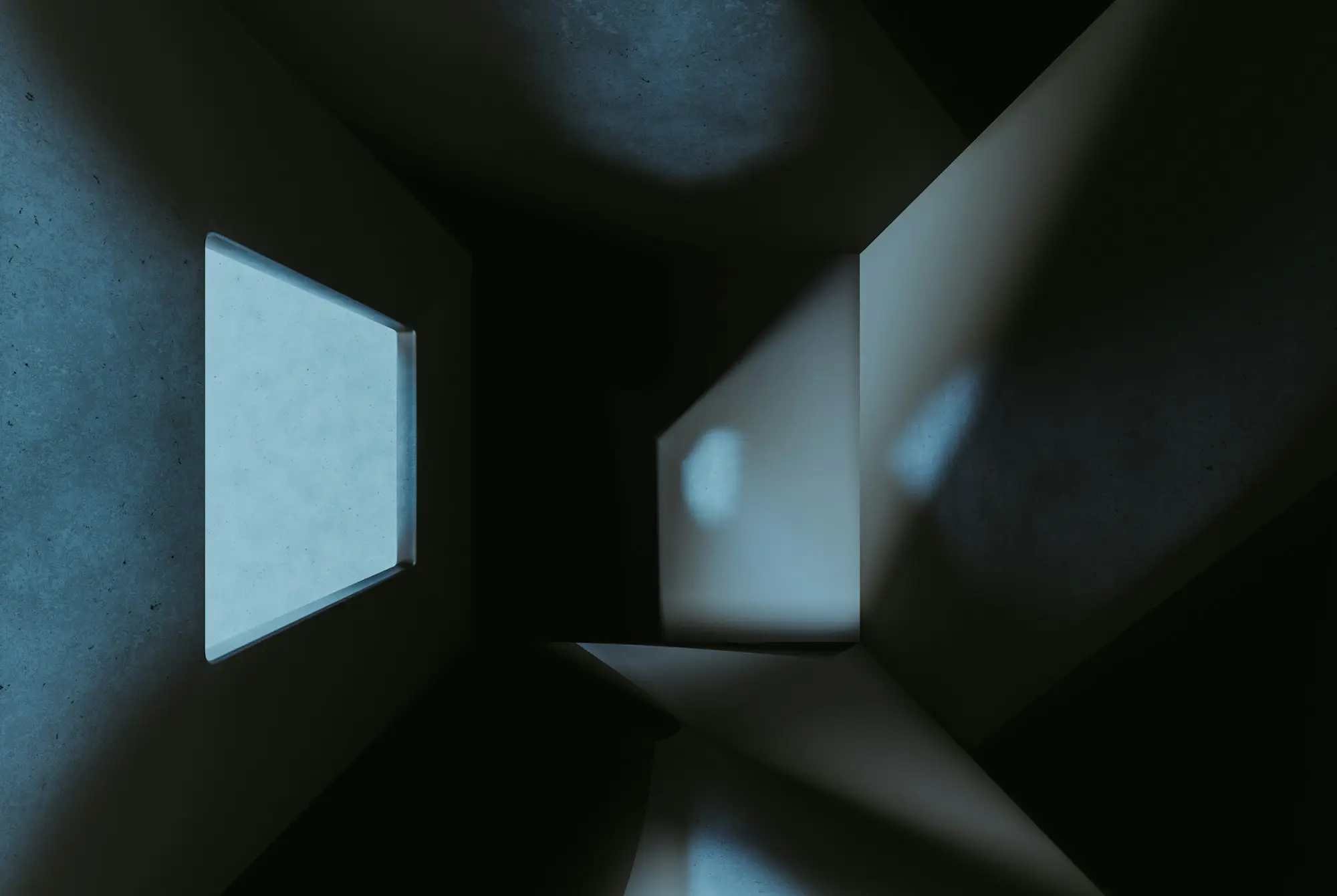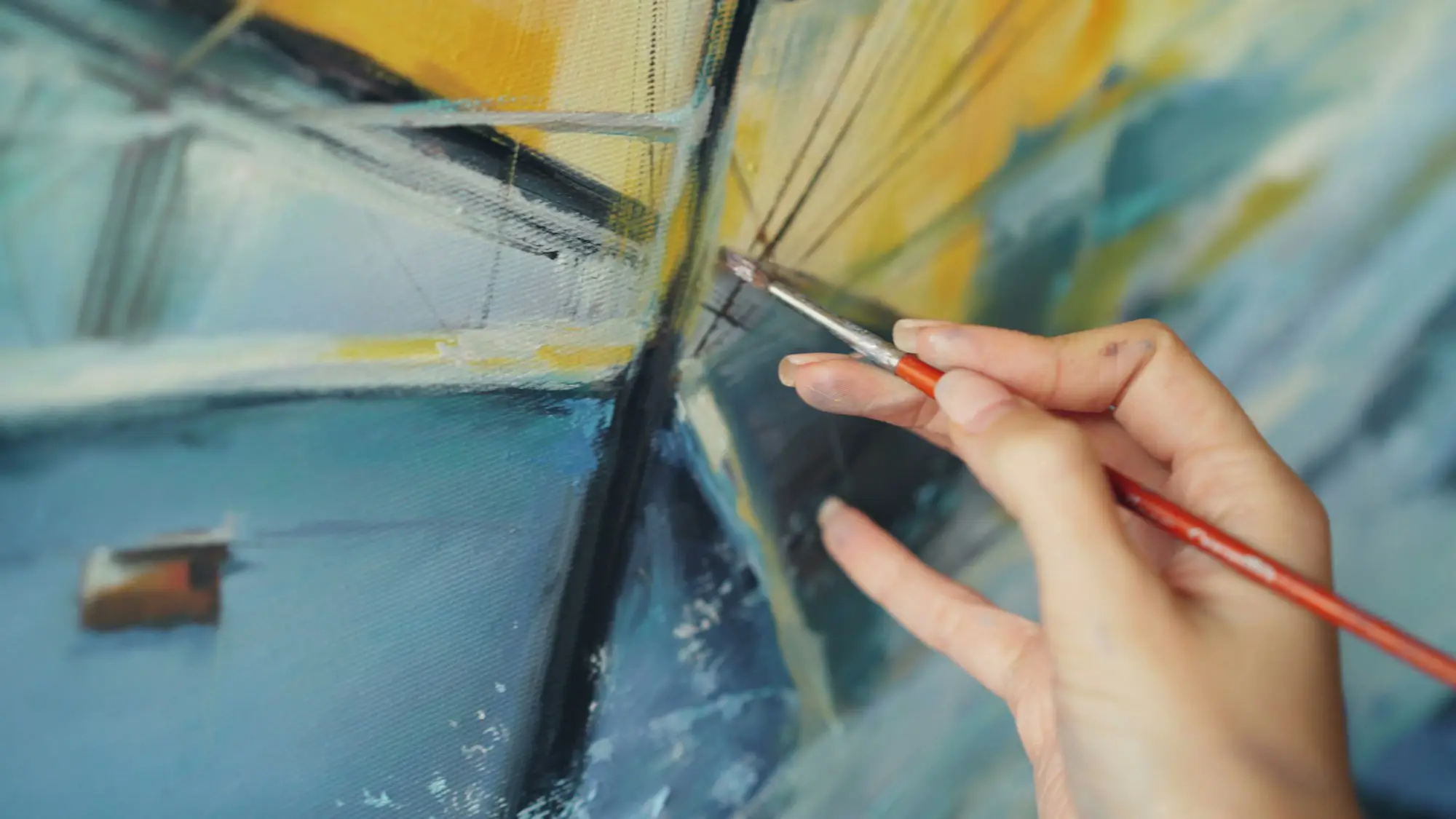Antoni Gaudí’s Art and Architecture: A Visionary’s Masterpieces
Explore Antoni Gaudí's groundbreaking architectural works and art, from the iconic Sagrada Família to Park Güell. Learn about Gaudí’s influence on modern architecture and design.
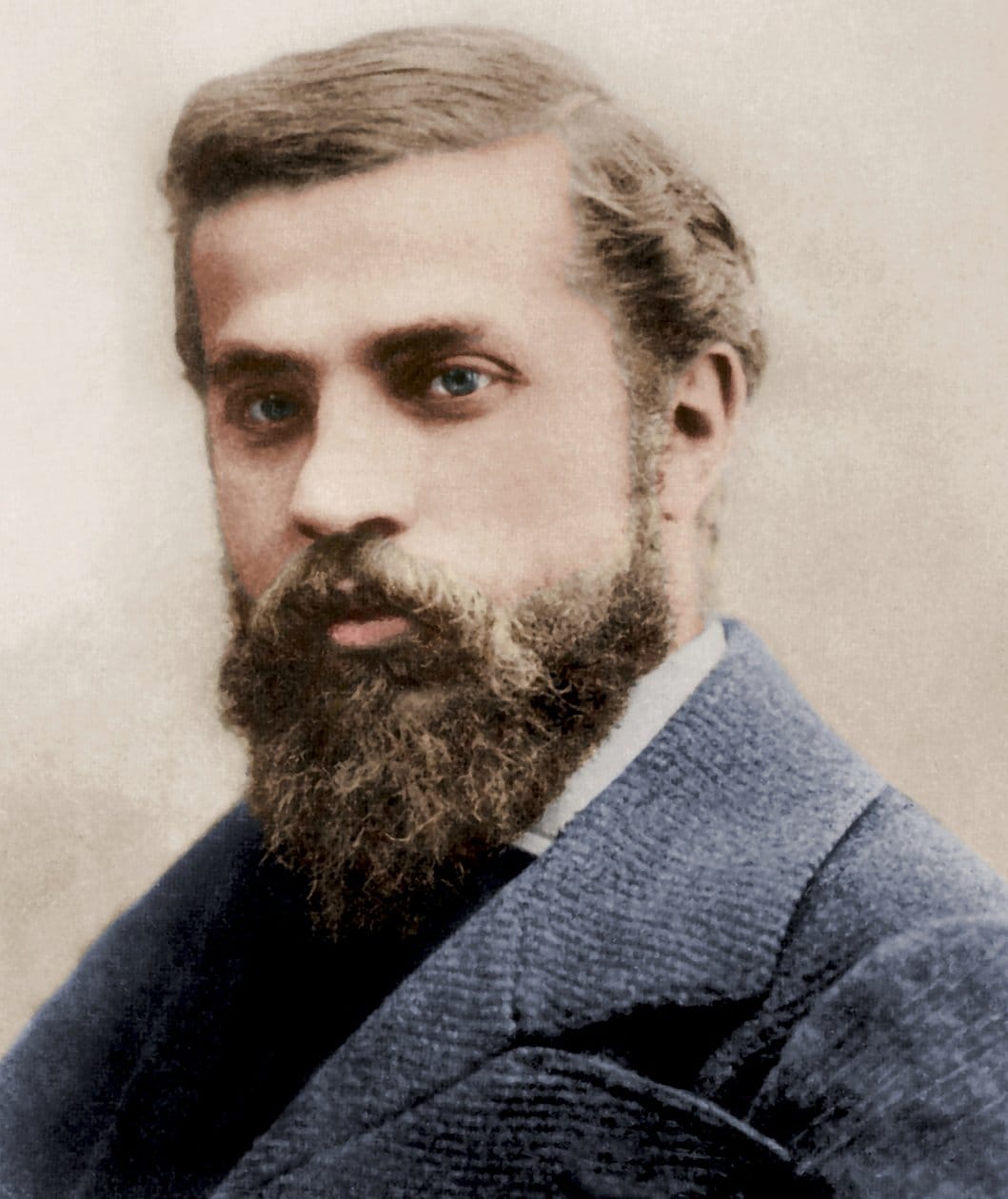
Introduction
Antoni Gaudí (1852–1926) is a world-famous architect associated with Art Nouveau (or Modern Style). His architectural legacy can be found in the city of Barcelona in Spain and its surroundings and include, among other things, the Palau and Park Güell, Casa Batlló, and the unfinished Sagrada Família. As an all-around artist, Gaudí designed everything from architecture to doorknobs. Initially immersed in neo-Gothic influence from an early age, he progressively allowed his imagination to unleash and inspire freely from nature and geometry. Early on, his exceptional talent for design and bold approach caught the attention of his contemporaries. His works are listed as UNESCO World Heritage sites.
A life of nature-inspired creation
"Nothing is invented, because nature has already written everything." - Antoni Gaudí
Born in 1852 in Reus or Riudoms in Catalonia, Antoni Gaudí grew up in a family of boilermakers. This environment had an important influence on him as he quickly learnt how to apprehend space and volume as well as how to transform materials: a quality that would make him the iconic 3D genius creator that we know today.
His childhood was characterised by a very fragile health, which led him to have to stay for long periods of time in their family house in Riudoms. When he was there, he spent a lot of time contemplating and trying to uncover the secrets of mother nature. Throughout his career, the latter remained his ultimate source of knowledge and inspiration as well as a general philosophy of life. Indeed, Gaudí deeply believed that the essence and meaning of art works should be deeply rooted in the models and the laws present in nature. Although the architect did not mean that one should simply copy nature but rather follow its flow through a process of cooperation between materials and elements, in an attempt to make the most beautiful, durable, and efficient work possible.
In 1870, Gaudí moved to Barcelona to attend architecture courses at the Provincial School of Architecture, from which he graduated in 1878. He worked in parallel to finance his studies. At the time already, his teachers noticed his peculiar personality : whilst some considered him as a prankster, others saw him as a genius.
Right after his graduation, he opened an office on Carrer del Call in Barcelona, where he began with great enthusiasm to produce what would become a highly original architectural work. At the time, Gaudí was a dandy who had a social life full of enjoyment. Highly inventive, he endeavoured to persuade patrons to allow him to bring his ideas to life.
Later in 1878, he encountered Eusebi Güell, a prominent industrialist and art collector. This is one of the most productive encounters in history, both in terms of friendship and patronage as thanks to Güell, the architect was able to embark on a fruitful professional journey, allowing him to develop all his artistic qualities.
Up until then, his ideas had remained in the planning stage, but they finally materialized between 1880 and 1925. More focused than he had been before and surrounded by a good team, he dedicated himself entirely to his work and brought to life, the Bellesguard Tower, Park Güell, the restoration of the Cathedral of Majorca, the Colonia Güell Church, Casa Batlló, La Pedrera, and his ultimate legacy: the Sagrada Família, among others.
Throughout the end of his life, the architect devoted more and more time to spiritual and religious endeavours. He died in 1926, after being struck by a tramway while making his daily journey between the Church of Sant Felip Neri and the Sagrada Familia. His burial took place in the Sagrada Familia, following a funeral attended by a very large number of people.
Characteristics of Antoni Gaudí’s architectural style
"Originality consists in returning to the origins." - Antoni Gaudí
Antoni Gaudí’s work is associated with Art Nouveau (or Modern Style).
His style can be defined as a combination of organic and nature-inspired, with the lessons and aesthetics of ancient architecture which were the foundation and legacy of his architectural studies. On top of that, Gaudí diversified his sources of inspiration by learning about Byzantine and Catalan architecture. Nonetheless, nature remained the greatest open book from which he drew his inspiration.
Influenced by his time, his work process followed a rational approach: all forms needed to have a precise function, and the spaces layout had to be readable from the façade. The architect’s works are very distinctive and characterized by the use of curves, vibrant colors, and materials such as ceramics, glass, and wrought iron—key elements of Catalan Modernism.
Gaudí incorporated natural elements and avant-garde techniques, creating buildings that are both functional and artistic, including the famous:
- Sagrada Familia: started in 1882 (still underway) is undeniably Gaudí's most famous work. The basilica is not only the symbol of Barcelona and the most visited monument in Spain but will also become the tallest basilica in the world once completed. The architect spent 43 years working on the construction, incorporating numerous references to nature and geometry, and experimenting with a diversity of forms and techniques.
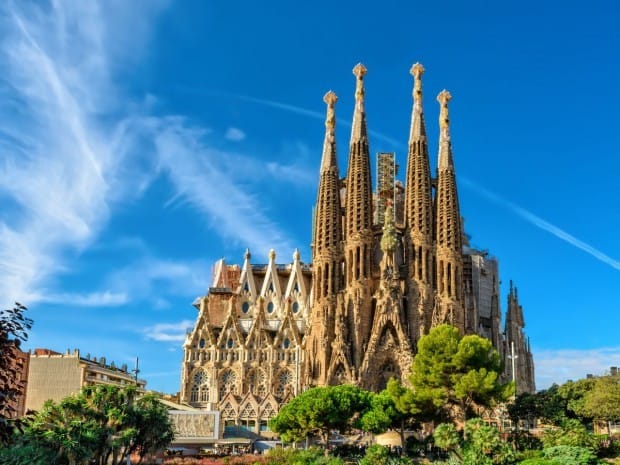
- Park Güell: constructed between 1900 and 1914, was originally intended to be a garden city financed by Eusebi Güell. Ultimately, only the park and two houses (one of which was Gaudí’s house) were completed due to financial constraints. Gaudí created an iconic garden blending plenty of curvy elements, fountains, staircases, pavilions, with natural elements. Located on the heights of Barcelona, the park offers numerous original viewpoints decorated with colorful mosaics for visitors to enjoy.
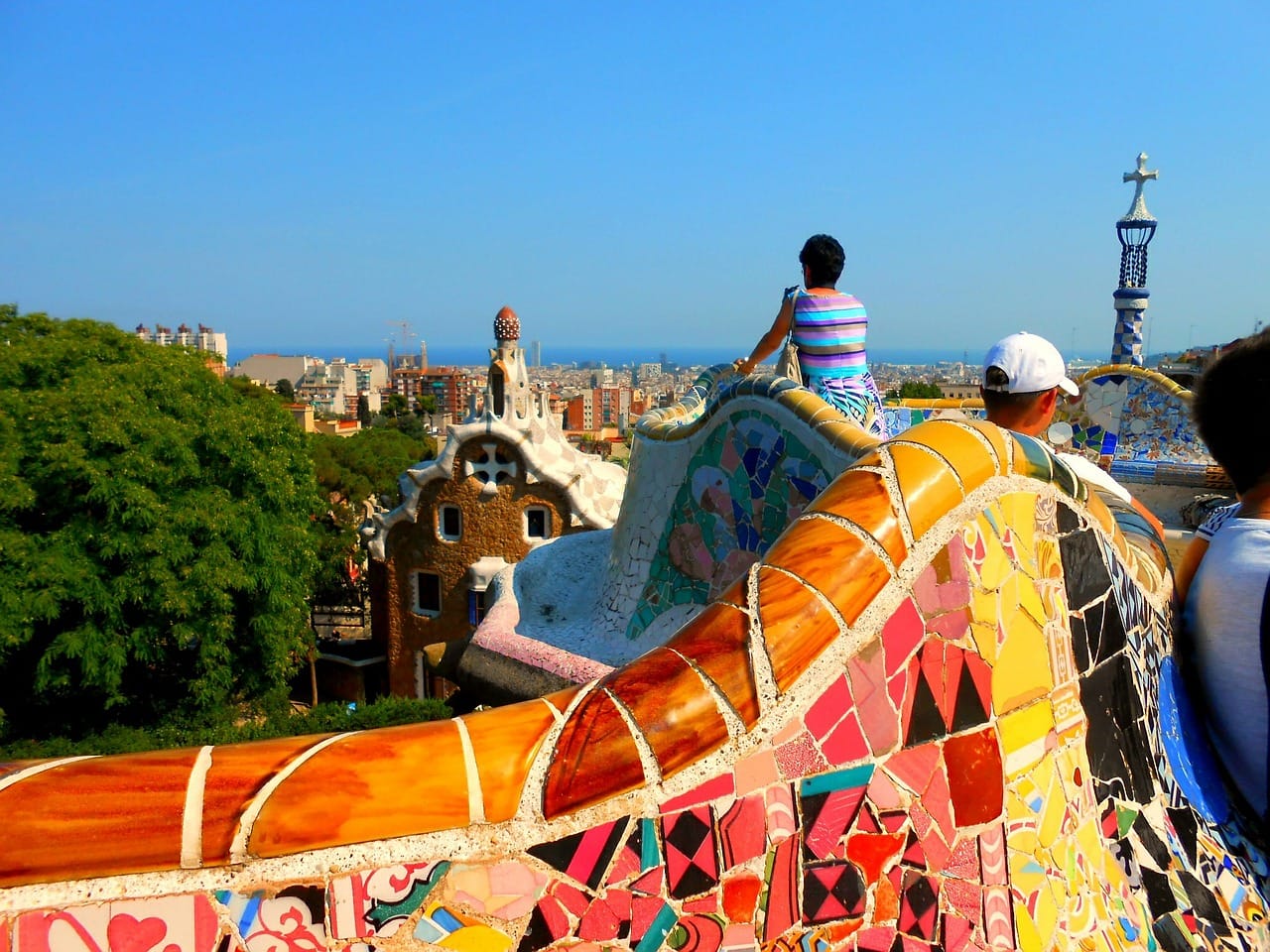
- Casa Batlló: a very unique house constructed between 1904 and 1906 and recognizable for its polychrome façade adorned with ceramics and glass and its undulating roof. Casa Batlló is a perfect example of the architect's naturalistic vision : inspired by the marine environment, the architect predominantly used the colour blue throughout the building's decoration. Despite its peculiar form, the house remains highly functional.
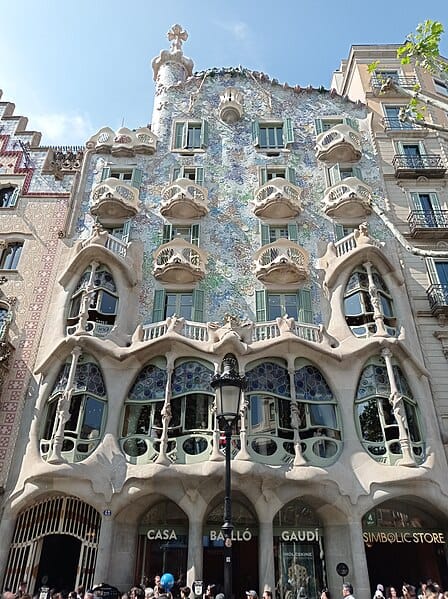
Conclusion
Antoni Gaudí is an iconic Modern architect with a unique and innovative style blending Gothic, Oriental, and Baroque influences with organic forms inspired by nature.
His architectural approach has inspired generations of architects who still study his concepts of sustainability and technical innovation. Furthermore, his impact on the city of Barcelona extends beyond his works as he has helped shape the city's visual identity, which thereby attracts millions of tourists each year.


